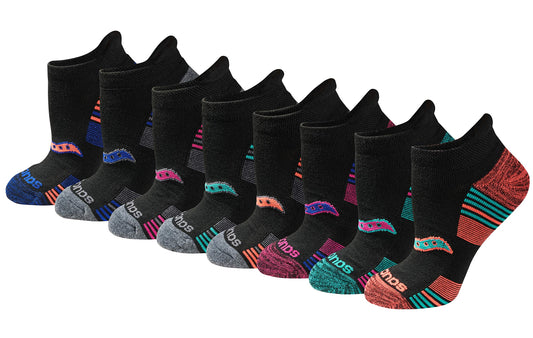The pursuit of thermal comfort has been a driving force behind innovation in heating, ventilation, and air conditioning (HVAC) for a long time. The ability to effectively manage indoor temperatures significantly impacts our well-being, influencing everything from sleep quality and productivity to overall health. Understanding the advancements in HVAC technology and the principles of thermal comfort can empower you to create a more comfortable and efficient living or working environment.
Modern HVAC systems are far more sophisticated than their predecessors. The integration of smart sensors and artificial intelligence (AI) allows these systems to learn and adapt to individual preferences and environmental conditions. These intelligent systems can monitor factors like occupancy patterns, weather forecasts, and energy consumption to optimize temperature settings and airflow, ensuring maximum comfort and efficiency.
• Smart Sensors and AI Integration Enables HVAC systems to learn and adapt to individual preferences and environmental conditions.• Variable Refrigerant Flow (VRF) Systems Allows for simultaneous heating and cooling in different zones of a building.
• Heat Recovery Systems Captures waste heat and reuses it to improve energy efficiency.
Thermal comfort is a complex concept influenced by a range of factors. Air temperature is perhaps the most obvious, but humidity, air movement, radiant temperature (the temperature of surrounding surfaces), and even clothing insulation play crucial roles. Maintaining optimal thermal comfort requires careful consideration of all these variables. Innovative HVAC technologies are designed to address these multifaceted needs. Variable refrigerant flow (VRF) systems, for example, allow for simultaneous heating and cooling in different zones of a building, catering to the diverse preferences of occupants. Heat recovery systems capture waste heat and reuse it to improve energy efficiency, further enhancing comfort while minimizing environmental impact.
• Air Temperature The most readily recognized factor influencing thermal comfort.• Humidity Can impact the body's ability to regulate temperature through sweating.
• Air Movement Affects the rate of heat loss from the body.
• Radiant Temperature The temperature of surrounding surfaces, which can influence heat transfer.
The HVAC industry is also committed to environmental responsibility. The phase-out of older refrigerants with high global warming potential (GWP) has spurred the development of more eco-friendly alternatives. These new refrigerants, along with energy-efficient system designs, contribute to a more sustainable approach to thermal comfort. From smart homes to commercial buildings, modern HVAC systems are transforming the way we experience indoor environments, providing greater comfort, efficiency, and environmental responsibility.
• Eco-Friendly Refrigerants Alternatives to traditional refrigerants with lower global warming potential (GWP).• Energy-Efficient System Designs Optimized to minimize energy consumption while maximizing performance.
• Sustainability Commitment to environmentally responsible HVAC solutions.












